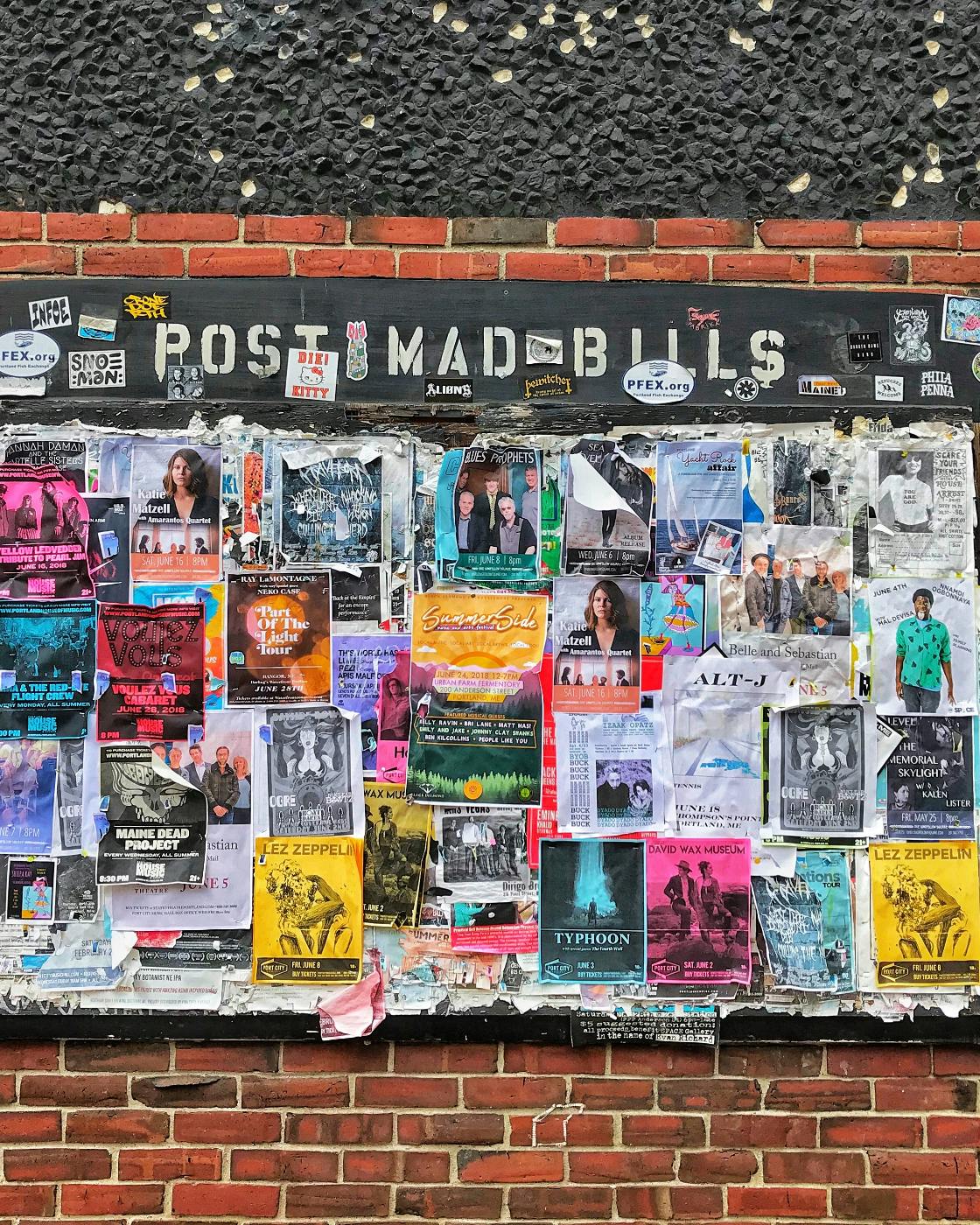

In today's digital age, consumers are constantly bombarded with a multitude of marketing messages, making it difficult for brands to stand out and capture their attention.
In today's digital age, consumers are constantly bombarded with a multitude of marketing messages, making it difficult for brands to stand out and capture their attention. In such a crowded space, personalization has emerged as a powerful tool for digital marketers to create meaningful connections with their audiences. Personalization enables brands to tailor their messaging and offers to individual consumers based on their preferences, behavior, and other data points. In this article, we will explore the power of personalization in digital marketing and provide best practices for implementing personalized strategies.
Why Personalization Matters in Digital Marketing
Personalization is not just a buzzword – it has tangible benefits for both brands and consumers. Personalization can increase customer engagement, loyalty, and ultimately drive revenue. According to a study by Epsilon, personalized emails have an open rate that is 29% higher than non-personalized emails. Similarly, personalized product recommendations can increase revenue by up to 300%. Consumers appreciate personalized messaging, as it makes them feel valued and understood. When a brand shows that they understand a consumer's needs and preferences, it builds trust and fosters a deeper connection.
Personalization can also help brands stand out in a crowded marketplace. By tailoring their messaging and offers to specific consumers, brands can cut through the noise and deliver relevant content that resonates. This can help differentiate a brand from its competitors and create a strong brand identity.
Best Practices for Personalization in Digital Marketing

Collect and Use Data Wisely
Personalization is only effective if it is based on accurate and relevant data. Brands need to be transparent about the data they collect from consumers and how they plan to use it. Consumers are increasingly concerned about data privacy, so brands must earn trust by using data responsibly and ethically. Brands should collect data from various sources, such as website analytics, social media engagement, and purchase history, to comprehensively view each consumer. This data should then be used to personalize messaging, offers, and content.
Segment Your Audience
Not all consumers are created equal, and brands need to segment their audience to create personalized experiences that resonate with different groups. Brands can segment their audience based on factors such as demographics, behavior, interests, and location. This allows brands to create targeted messaging and offers that are relevant to each group. For example, a brand selling fitness gear could segment its audience into those who are interested in yoga, running, or weightlifting and deliver personalized content that speaks to each group's specific needs.
Use Personalized Messaging Across Channels
Personalization shouldn't be limited to just one channel – brands should aim to deliver personalized messaging across all channels, including email, social media, and website. This creates a seamless experience for the consumer and reinforces the brand's commitment to personalization. For example, a brand could send a personalized email to a consumer with product recommendations based on their purchase history and then follow up with a personalized social media ad featuring the same products.
Test and Optimize
Personalization is not a one-size-fits-all solution, and brands must continually test and optimize their personalized strategies to ensure they are effective. Brands can use A/B testing to compare different versions of personalized messaging and offers to see which resonates best with their audience. This allows brands to fine-tune their strategies and create a more effective personalized experience for their consumers.
Don't Overdo It
While personalization can be a powerful tool, brands need to be careful not to overdo it. Too much personalization can come across as creepy or intrusive and may turn off consumers. Brands should strike a balance between personalization and respecting consumer privacy. For example, a brand could use a consumer's purchase history to recommend relevant products but should avoid using personal information for targeted advertising without the consumer's explicit consent.
It is essential for brands to establish clear and transparent data privacy policies and to communicate them to their consumers in a straightforward manner. This can help build trust and establish a positive brand reputation while also ensuring that consumers' personal information is handled responsibly and ethically. By finding the right balance between personalization and
privacy, brands can create a better customer experience and build lasting relationships with their audience.
Writing a Personalized Ad

As we’ve explored, personalization in digital marketing has become increasingly important as companies strive to create personalized experiences for their customers. Personalization's power lies in connecting with customers on a deeper level and providing them with relevant content that meets their unique needs and interests.
When it comes to digital marketing, personalization can take many forms. The opportunities for personalization are endless, from personalized emails and product recommendations to targeted ads and social media posts. And with technological advances, it's easier than ever to collect data and create personalized experiences for customers.
So, how can you create a personalized ad that speaks directly to your target audience? Here's an example of what a personalized ad might look like for a fictional company that sells workout gear:
"Hey Sarah, we know you're a fitness enthusiast who takes your workouts seriously. That's why we're excited to introduce you to our new line of performance leggings. Made with breathable, moisture-wicking fabric and a comfortable high-waist fit, these leggings are designed to help you reach your fitness goals in style. Plus, as a loyal customer, you can get 10% off your first purchase. Just use the code SARAH10 at checkout. Start crushing your workouts with confidence today!"
This ad is personalized in several ways. First, the customer's name is used to create a more personal connection. Second, it acknowledges the customer's interests and needs by referring to her as a "fitness enthusiast" and highlighting the product's most relevant features, such as the breathable fabric and high-waist fit. Finally, it offers a personalized discount code to incentivize the customer to make a purchase.
Personalization like this can significantly impact the effectiveness of your digital marketing efforts. Studies have shown personalized emails have a higher open and click-through rate than non-personalized ones. Similarly, personalized ads have been shown to have a higher conversion rate than non-personalized ads.
Of course, creating personalized content requires data. You need to understand your customers' needs, interests, and behaviors in order to create content that resonates with them. This data can be gathered through a variety of channels, such as website analytics, social media monitoring, and customer surveys.
Once you have this data, you can use it to create targeted marketing campaigns that speak directly to your customers. For example, you might create different versions of an ad that target different segments of your audience based on their interests or behavior. Or you might personalize your website content based on the user's browsing history or location.
Summing Up

The power of personalization in digital marketing cannot be underestimated. Creating personalized content that speaks directly to your customers can build stronger relationships, increase engagement, and ultimately drive more sales. So, take the time to gather data, understand your customers' needs, and create personalized content that resonates with them. Your efforts will be rewarded with increased loyalty and revenue.
Still needing help? Talk to a creative agency with decades of experience in personalized marketing campaigns. Getting help from experienced experts makes this sometimes confusing journey much easier to handle. Talk to ThoughtLab today.
